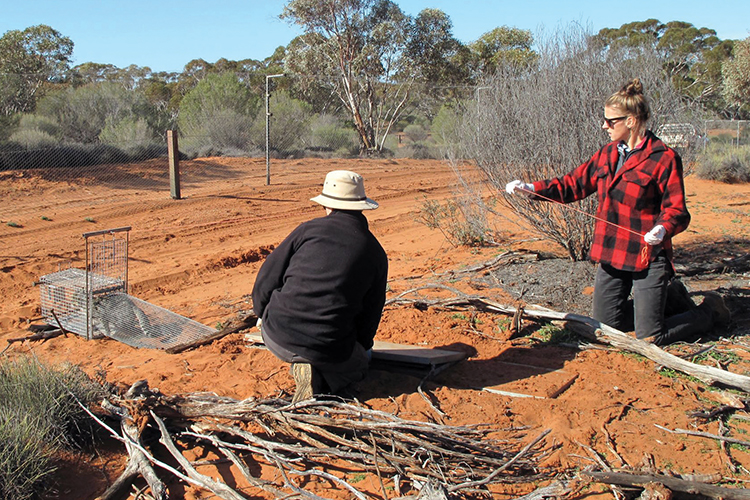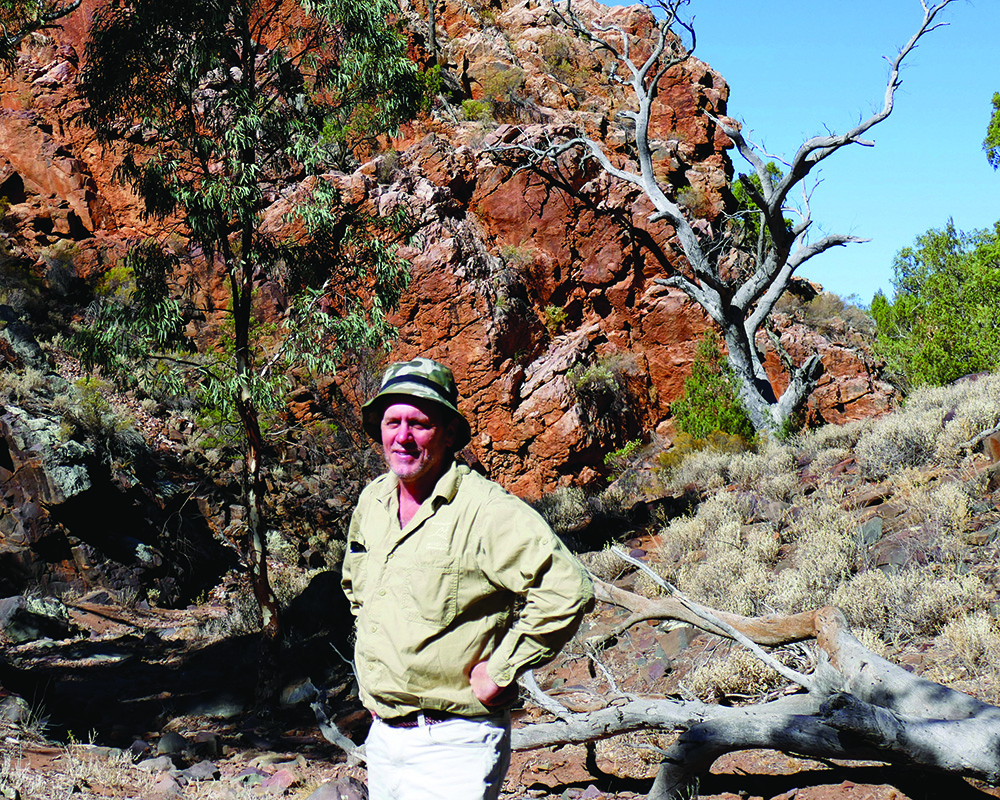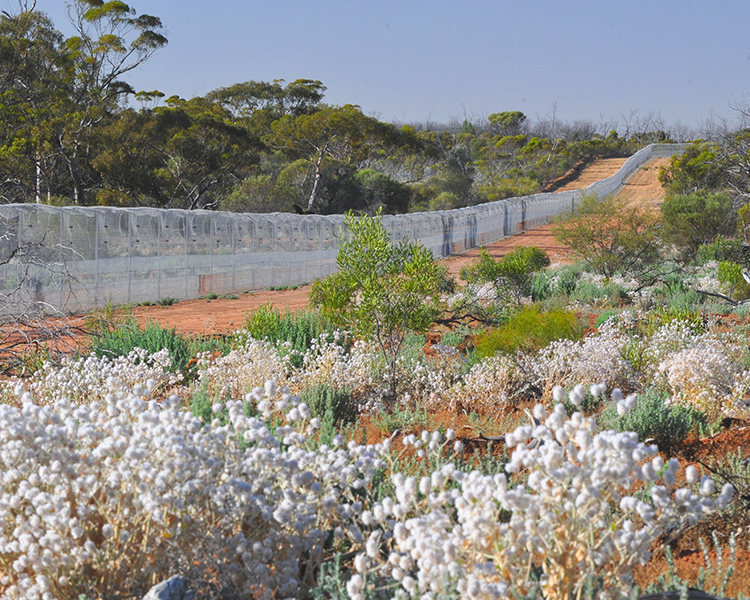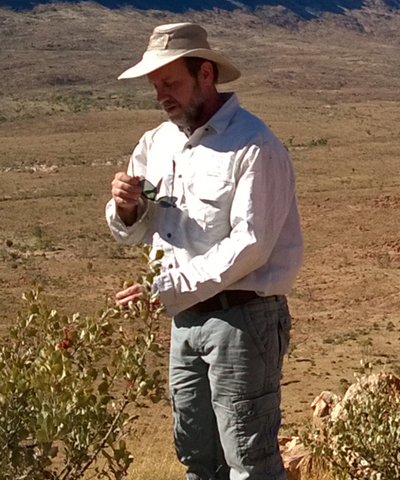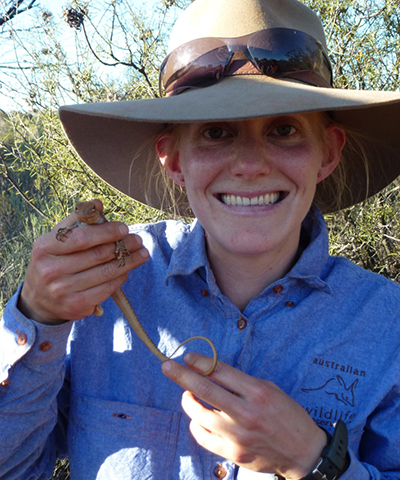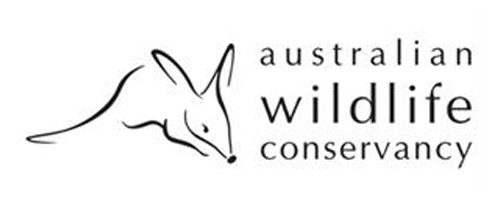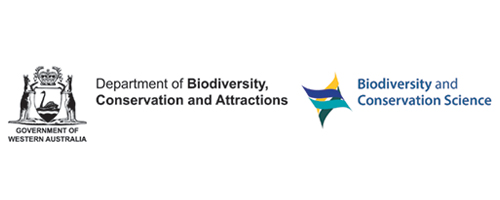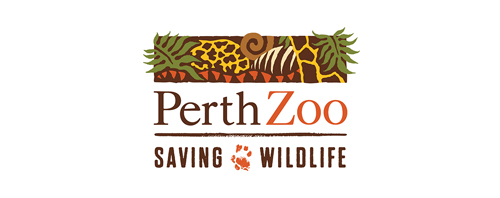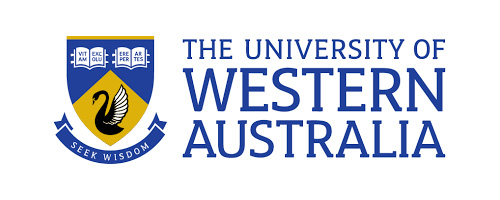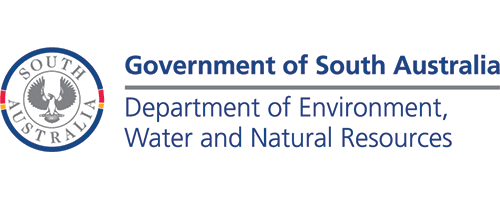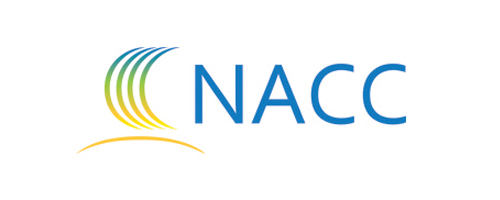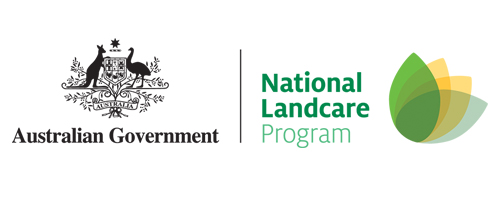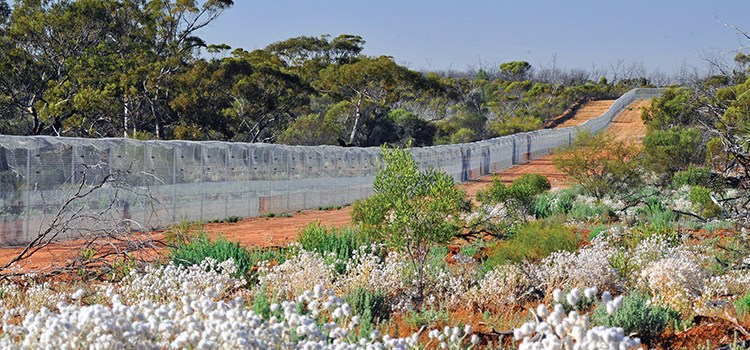
Project: 4.1.11
Re-establishing critical weight range mammals in the northern wheatbelt of Western Australia: Reintroductions to a safe haven free of introduced predators
Project Leaders: Michael Smith
Research in Brief
Introducing threatened mammals to feral predator-free safe havens (islands and fenced reserves) has made an important contribution to their conservation, and the establishment of additional safe havens is a key action of the Australian Government’s Threatened Species Strategy.
Although the number of species introduced to havens is growing, we still don’t have a complete understanding of what best-practice reintroductions into predator-free exclosures look like.
This project will integrate research with reintroductions at the Australian Wildlife Conservancy (AWC)’s Mt Gibson Sanctuary at Western Australia. It builds on the outcomes of previous research undertaken there and will deliver guidance on best practice for reintroducing mammals into predator-free areas. This will help to increase success of this critical management tool.
Why is the research needed?
About one quarter (67) of Australia’s mammal species and subspecies are highly susceptible to predation by feral cats and foxes. Protecting populations of these species in feral predator-free safe havens (islands and fenced mainland reserves that are free of introduced predators) is an important conservation action for these species.
Australia already has over 120 havens and more are in development. Some species naturally occur in havens, but many others have been introduced, and future introductions to havens will be important to the long-term conservation of many species.
While introductions are acknowledged as an important conservation tool we still don’t have a complete understanding of what best-practice introductions of species into safe havens looks like.
The Australian Wildlife Conservancy (AWC) manages a national network of havens including one island and four fenced mainland reserves, with an additional four mainland reserve projects in development. When complete, these sanctuaries are expected to support populations of at least 20 threatened mammal species.
Using an experimental design when undertaking introductions at Mt Gibson and then monitoring and analysing the results provides a valuable opportunity to learn from these introductions in order to improve the long-term success of future introductions in Australia.
In the earlier stage of research (Project 4.1.3) we successfully progressed the establishment of the target species into the safe haven. We learnt that the safe haven is unlikely to have had a negative impact on occupancy by the extant bird fauna and likely has had a positive effect for several species. Numbats from zoo and wild sources were similarly successful in their survival and habitat use, and woylies have increased in population size and are making use of all habitats in the safe haven.
In this project extension (Project 4.1.11) we will now investigate the progress of the species in terms of dispersing across the safe haven with a view to better understanding their demographics, habitat use, behaviour post-translocation (this will help to inform critical aspects of a translocation process such as release site selection) and interspecific interactions, while developing new and novel monitoring approaches for species that are difficult to survey.
How can the research help?
This project takes advantage of a major reintroduction program being run by AWC, involving the return of nine threatened and one regionally extinct mammal species to Mt Gibson, a 7,800 ha fenced “safe haven” in WA.
The AWC is being supported by the National Environmental Science Program to undertake research associated with the program, in particular to:
- identify optimal approaches to translocating threatened mammals;
- obtain ecological information on threatened mammals; and
- develop monitoring approaches for “difficult” species.
The results of the research will inform reintroduction practices and help improve the long-term success of reintroductions.
What research activities are being undertaken?
This project aims to obtain information to improve the long-term success of reintroductions to introduced predator-free sanctuaries, by coupling research with an active reintroduction program at AWC’s Mt Gibson sanctuary. The reintroduction program is staged, such that the research will obtain information on outcomes of reintroductions for additional species in 2018 to 2020, as well as data on long-term outcomes for species already reintroduced. Important questions include:
- How do species demographics (dispersal, survival) relate to population growth using woylies as a model species?
- What are the consequences of reintroductions for the system’s extant wildlife (flora and fauna) and key processes?
- What can we learn from post-translocation behaviour to inform future translocations (i.e., how good was our habitat classification prior to translocation and do we do a good job of selecting release sites)?
- How best to manage and optimise available genetic diversity in terms of sourcing founders and how does this impact upon the success of reintroductions?
We will conduct research in conjunction with the reintroduction of threatened and regionally extinct mammals to Mt Gibson. For each species, founders will be obtained from a range of source populations (e.g., wild and captive-bred).
The research will compare outcomes – in particular, survival and habitat use – between source populations, based on telemetry and monitoring of occupancy, activity or abundance, using camera traps, live trapping and other survey methods. Genetic analysis will be conducted to inform the most appropriate mix of founders and to identify whether the reintroduction has met genetic “success” criteria.
Who is involved?
Australian Wildlife Conservancy is leading this research and is working in collaboration with the Western Australian Department of Biodiversity, Conservation and Attractions. AWC is also working with experts from the University of Western Australia, The Australian National University, The University of Sydney, Murdoch University, the South Australian Department of Environment, Water and Natural Resources, Arid Recovery, Perth Zoo and other captive breeding facilities.
Where is the research happening?
The research will take place at Mt Gibson Sanctuary, Western Australia. Information will also be collected from source populations.
When is the research happening?
The project will run for three years from 2018 to 2020.
Further information
For more information please contact:
Michael Smith - michael.smith@australianwildlife.org
Top image: Feral predator exclosure fence at Mt Gibson. Image: W Lawler, Australian Wildlife Conservancy
